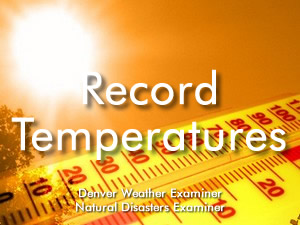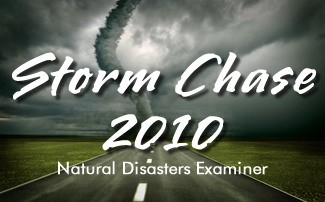
One major natural disaster is bad enough but the nation of Indonesia is struggling to recover from two that struck in the past week. A major earthquake caused a tsunami late Monday and Tuesday the nation’s most active volcano erupted.
Off the nation’s western coast, a magnitude 7.7 earthquake triggered a tsunami with 10 foot waves on Monday. Villages on the islands of Pagai and Silabu were destroyed and the death toll from that event stands at more than 400 with nearly 200 still missing.
Mount Merapi, located on the main island of Java, erupted on Tuesday and has since had two more eruptions. The latest, which occurred today, claimed one life bringing the total death toll from that disaster to 36.
Evacuations had been issued prior to the first eruption however many ignored the warnings. Further, after the initial blast, many residents returned home only to find themselves in danger from subsequent eruptions.
View the slideshow below for images from the erupting volcano and the aftermath. For complete coverage of the tsunami and volcano -and all forms of natural disasters – please visit the Natural Disasters Examiner.
 More on Mount Merapi from the Global Volcanism Project:
More on Mount Merapi from the Global Volcanism Project:
Merapi, one of Indonesia’s most active volcanoes, lies in one of the world’s most densely populated areas and dominates the landscape immediately north of the major city of Yogyakarta. Merapi is the youngest and southernmost of a volcanic chain extending NNW to Ungaran volcano.
Growth of Old Merapi volcano beginning during the Pleistocene ended with major edifice collapse perhaps about 2000 years ago, leaving a large arcuate scarp cutting the eroded older Batulawang volcano. Subsequently growth of the steep-sided Young Merapi edifice, its upper part unvegetated due to frequent eruptive activity, began SW of the earlier collapse scarp.
Pyroclastic flows and lahars accompanying growth and collapse of the steep-sided active summit lava dome have devastated cultivated lands on the volcano’s western-to-southern flanks and caused many fatalities during historical time. The volcano is the object of extensive monitoring efforts by the Merapi Volcano Observatory.











 For the rest of this story including photos of all the equipment and amazing video of the tornado in Wyoming that the team intercepted last year, visit the Denver Weather Examiner.
For the rest of this story including photos of all the equipment and amazing video of the tornado in Wyoming that the team intercepted last year, visit the Denver Weather Examiner.